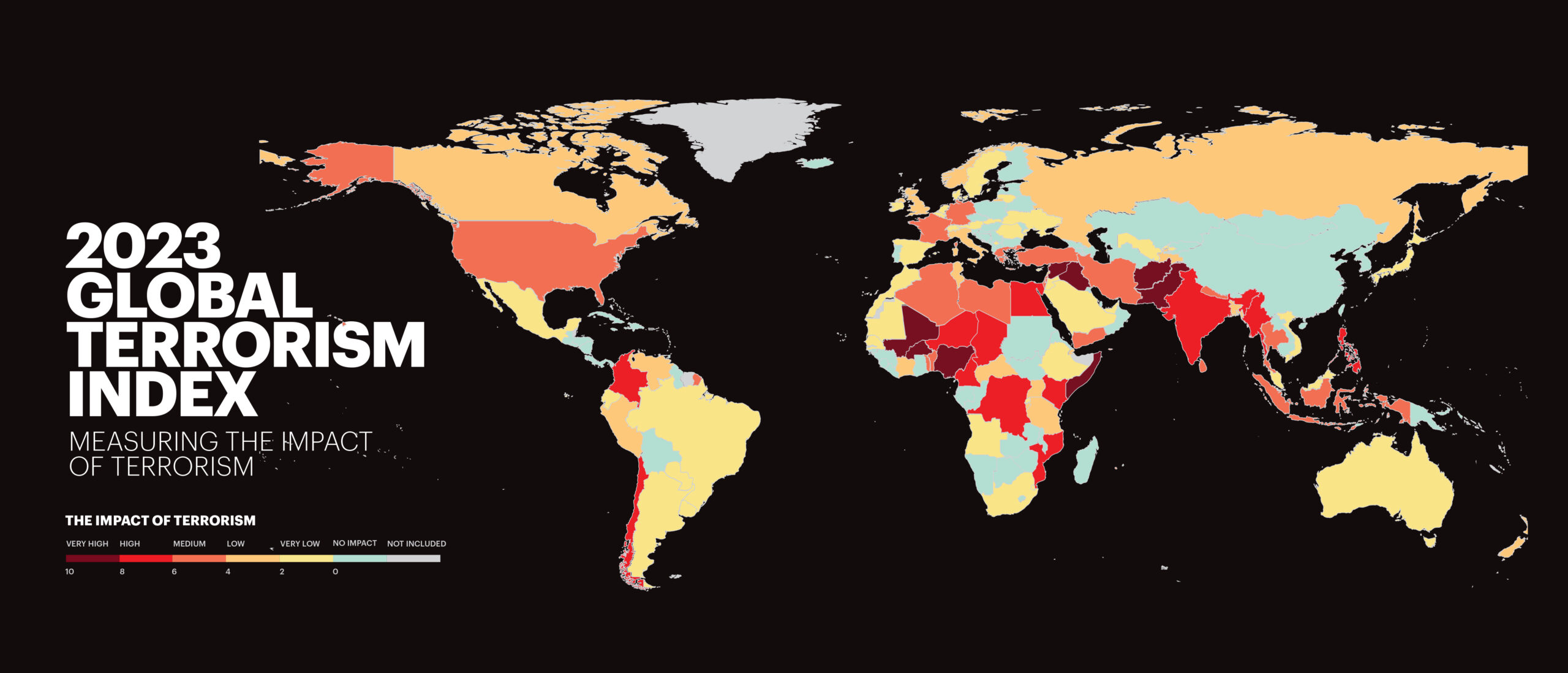According to the latest Global Terrorism Index report, the group was responsible for 784 deaths in 2022, with 733 of these fatalities occurring in Somalia alone. Despite a decrease in the number of attacks from the previous year, the number of deaths has actually increased, indicating that the severity of the group’s attacks has become more lethal. In fact, in 2022, al-Shabaab perpetrated one of the deadliest attacks when it detonated two cars with explosives at the education ministry building, resulting in the deaths of 120 people in Mogadishu, the capital of Somalia.

While there is no direct link between terrorism and climate change, there is a relationship between the two that allows terrorist actors to exploit the effects of climate change. The presence of persisting ecological issues is considered to be a threat multiplier in conflict zones. The terrorist group al-Shabaab adopt opportunistic behaviours by exploiting drought and lack of resources to gain control of the state while also recruiting the youth—often as a last resort or through force. International humanitarian aid is essential to meet the amount of food and water scarcity needs within Somalia. Yet the group continues to undermine relief operations, creating a situation that make the people reliant to them as the sole providers.
This is exacerbated by the ongoing conflict in Ukraine and Russia—where Somalia imports most of their grain supply from. Additionally, Western powers have been withdrawing some of their military forces that were stationed in sub-Saharan Africa to the Ukraine-Russia efforts, leaving these countries even more vulnerable to terrorist attacks. This chain of events resulted in a domino effect, exposing the layers of interdependence between states.
According to the Ecological Threat Report from The Institute for Economics and Peace, Somalia has been flagged as one of the most at-risk hotspot countries. A hotspot country is measured by the resilience of each country and how well they can confront natural disasters. The effects of climate change have been an ongoing source of hardship for people in Somalia. Malnutrition rates have skyrocketed to 300% within the first six months of 2022. Meanwhile the temperature in East Africa is predicted to increase by an estimate of 1.3° to 2.1° Celsius by 2050 (International Food Policy Research Institute). These temperature rises suggest it is harder to predict weather events like La Niña, which in turn affecting drought preparation.
Although countries in East Africa are among the lowest contributors to global gas emissions, they are disproportionately impacted by the effects of climate change. In particular, Somalia has historically dealt with challenges such as drought. However, in recent years, new factors have intensified these challenges, leading to a catastrophic situation. Somalia, along with neighbouring countries in East Africa have experienced five failed rainy seasons, with a sixth failure predicted in the coming months (World Meteorological Organisation). These ongoing climate-related issues have caused significant harm to the region and its people.
Building resistance to climate change through various programs could save millions of lives in Somalia, while also defending against terrorism. The World Food Programme has invested in initiatives like “early-warning and preparedness system” to improve food security within nations like Somalia. These preventive measures are essential in reducing the mortality rate in drought affected nations and to also built a more sustainable future. Unfortunately, other preventive programs cannot be utilised due to the unstable political regime in Somalia and the disruptive efforts of the al-Shabaab.
On another front, the Preventing/Countering Violent Extremism (P/CVE) is a program developed by the United Nations that—among a breadth of goals, aims to reduce the number of youths who are enticed to join terrorist groups through radicalisation processes.
As instability in Somalia increases, foreshadowing future climate shocks should be considered to reduce the number of human sufferings. Furthermore, with global sustainable goals underway, human development on both the individual and collective basis cannot be achieved in Somalia without the explicit cooperation of Global North nations to keep their promise of reducing carbon emissions that will hopefully stabilise weather events in Africa. Following this means a reduction of terrorist attacks from taking advantage of climate vulnerability.
Download the Global Terrorism Index 2023 report to gain more insights on the current trends in terrorism.